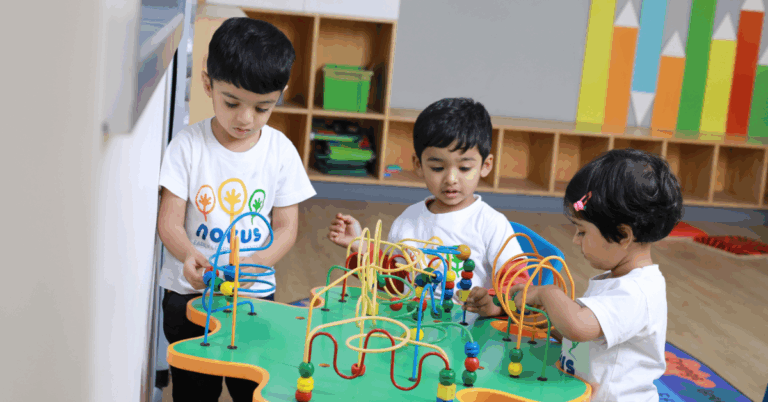Promoting Mindfulness Practices in Schools
In today’s fast-paced and demanding world, students are facing increasing levels of stress and anxiety. Teaching mindfulness in schools has become crucial to help students cope with academic pressures, social challenges, and personal struggles. By incorporating mindfulness practices into the school curriculum, educators can equip students with valuable tools to manage their emotions, improve focus, and enhance overall well-being.
Mindfulness not only benefits students academically but also contributes to their personal growth and development. By cultivating self-awareness and emotional regulation through mindfulness practices, students can build resilience, improve interpersonal relationships, and make healthier choices. Teaching mindfulness in schools fosters a positive learning environment where students feel supported, empowered, and better equipped to navigate the complexities of school and life.
• Mindfulness practices help students manage emotions and improve focus
• Cultivating self-awareness through mindfulness leads to personal growth
• Teaching mindfulness in schools fosters a positive learning environment
• Students feel supported, empowered, and better equipped for life’s challenges
The Benefits of Mindfulness Practices for Students
Mindfulness practices offer a wide range of benefits for students of all ages. By incorporating mindfulness into the school day, students can develop better focus and attention, which can lead to improved academic performance. Mindfulness techniques also help students manage stress and anxiety, providing them with tools to navigate the challenges of school and everyday life.
Furthermore, mindfulness practices can enhance students’ emotional regulation and self-awareness, promoting a positive school climate and healthy relationships with their peers. By learning to be present in the moment and cultivate a sense of compassion and empathy, students can develop essential social and emotional skills that are crucial for personal growth and overall well-being.
Implementing Mindfulness Programs in School Curriculum
Mindfulness programs in school curriculum have gained traction in recent years as educators increasingly recognize the benefits of integrating these practices into the academic setting. By incorporating mindfulness into the daily routine of students, schools can help foster emotional regulation, improve attention and focus, and enhance overall well-being.
Implementing mindfulness programs requires a commitment from school administrators, teachers, and students alike. Providing training for educators, creating dedicated time for mindfulness practices, and garnering support from parents are essential steps in successfully integrating these programs into the school curriculum. As more schools embrace mindfulness, the potential for creating a more supportive and nurturing learning environment becomes increasingly promising.
Why is teaching mindfulness in schools important?
Teaching mindfulness in schools can help students improve their focus, manage stress, and develop emotional intelligence skills.
What are some benefits of mindfulness practices for students?
Some benefits of mindfulness practices for students include improved concentration, reduced anxiety, and better self-regulation.
How can schools implement mindfulness programs in their curriculum?
Schools can implement mindfulness programs by incorporating practices such as mindful breathing exercises, meditation, and yoga into their daily routines.
Are there any age restrictions for implementing mindfulness programs in schools?
Mindfulness programs can be tailored to suit students of all ages, from elementary school to high school.
How can teachers receive training to implement mindfulness programs in schools?
Teachers can attend workshops, seminars, or online courses to receive training on how to incorporate mindfulness practices into their classrooms.






